Discovering the beauty of Sapa
VGP – Sapa so-called the Queen of Mountains or the fanciful town in fog is located in a beautiful valley where lofty mountains tower over the town on all sides. This is the destination in northwest Vietnam and a gateway to another world of mysterious minority cultures and luscious landscapes.
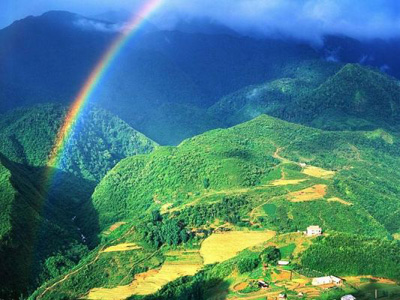 |
The valleys and villages around Sapa are home to a host of hill-tribe people who wander in to town to buy, sell and trade.
Sapa is a former hill station built in 1922. The old hotels built by the French were allowed to fall into disrepair and Sapa was forgotten by all but a handful of residents.
With the advent of tourism, Sapa has experienced a renaissance. Bad roads have been upgraded, many streets have been given names, countless new hotels have popped up, the electricity supply is reliable and the food has improved immeasurably.
Inherent in all of this prosperity is cultural change for the Montagnards, many of whom are now well versed in the ways of the cash economy and are reaping the financial rewards of the tourism influx. The downside is a building boom that has seen one hotel after another raise the roof in a continual quest for better views. Height restrictions are rarely enforced and the Sapa skyline is changing for the worse.
Not only is it cold (like 0°C), but winter brings fog and drizzle. Quite why the French alighted on this spot is difficult to comprehend: it must have been one of those rare clear days when the views are to die for. The chilly climate does have its advantages, however. The area boasts temperate-zone fruit trees bearing peaches and plums, and gardens for raising medicinal herbs.
The dry season in Sapa lasts from around January to June. January and February are the coldest (and foggiest) months. From March to May the weather is often excellent, and the summer is warm despite the rains between June and August. The window from September to mid-December is a rewarding time to be in Sapa, though there is a bit of lingering rain at the start and the temperature dips by December.
Sapa would be of considerably less interest without the H’mong and Dzao people, the largest ethnic groups in the region. The billowing red headdresses of the Red Dzao are visible all over town, a surreal sight amid the accelerating development. The H’mong are more numerous and canny traders. Their villages may look medieval but most will have a mobile phone and an email address to stay in touch. Traditionally, they were the poorest of the poor, but have rapidly learnt the spirit of free enterprise. Most of the Montagnards have had little formal education and are illiterate, yet all the youngsters have a good command of English, French and a handful of other languages.
If possible, try to visit during the week, when Sapa is less crowded and more intimate. Crowds flock to Sapa for the Saturday market, but a smaller market is held every day. There is plenty to see on weekdays, and there are lots of interesting villages within walking distance of the centre.
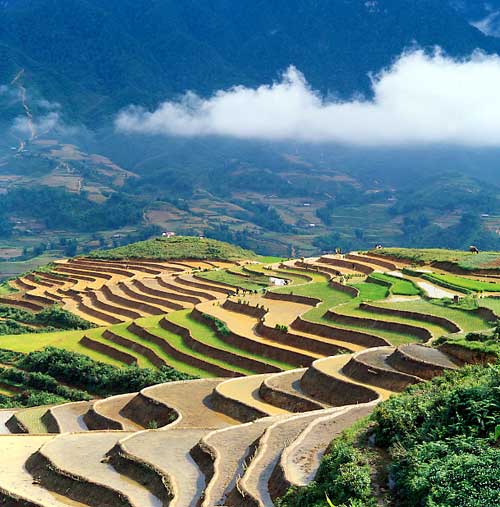 |
|
Cascading rice terraces in Sapa |
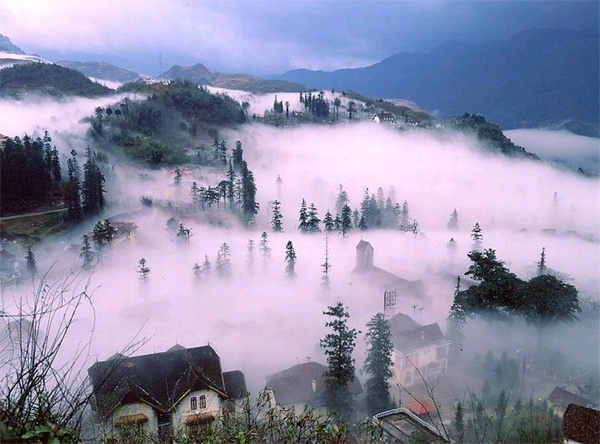 |
|
A corner of Sapa town in fog |
|
Sapa tourist site |
 |
|
Famous church in Sapa |
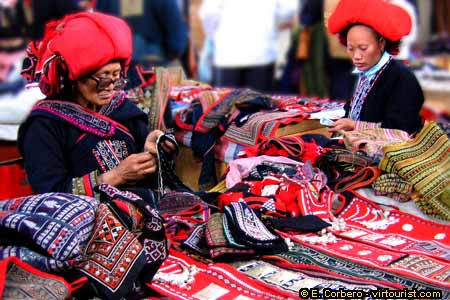 |
|
Sapa market |
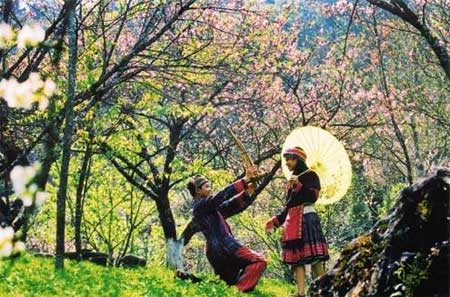 |
|
Sapa: the land of love |

